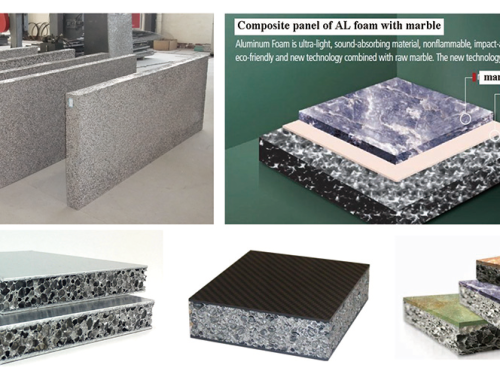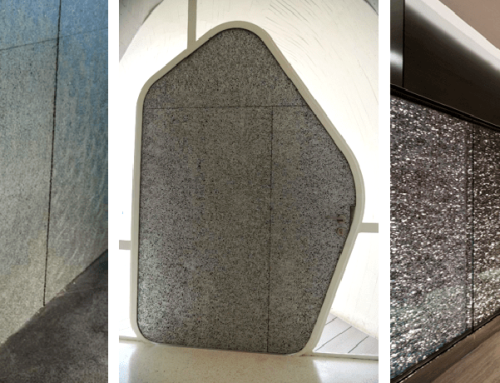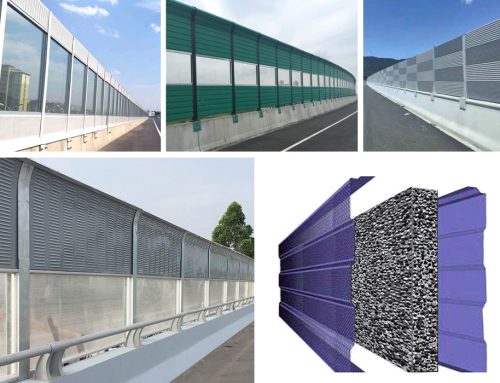With the rapid development of the industrial revolution, human beings have created a new set of “industrial sounds” in addition to the sounds of nature. The emergence of “industrial sounds” confirms the footprints of industrial development. However, in the development of “industrial sounds” , inevitably left a “blemish” – noise, so a “noise” defensive battle started.

At present, common sound-absorbing and noise-reducing materials on the market include polyester fiber, glass wool, polyurethane foam, inorganic foam metal materials, etc. As the current inorganic foam metal material with the best cost performance and performance, its comprehensive sound insulation and noise reduction ability is 7-10 times that of polyurethane foam, glass fiber, and honeycomb aluminum. When applied to high-speed trains and car box panels, the sound insulation is close to 30dB. According to the test data, the sound insulation level of ordinary sound screens can only be reduced by 5dB, and the foam aluminum material can be reduced by 10-20dB.

With the development of aluminum foam industrialization, aluminum foam is used in more and more fields for its superior sound absorption and noise reduction and related properties, mainly in highway sound barriers, highway tunnel noise reduction, submarine tunnel noise reduction, and tunnel ventilation. Sound-absorbing walls of swimming pools; interior decoration of entertainment venues; foam aluminum sound insulation floors; foam aluminum production of trucks, passenger cars and car mufflers; foam aluminum production of building sound-absorbing linings, such as recording studios, dubbing rooms, concert halls, conferences halls, stadiums, etc.



